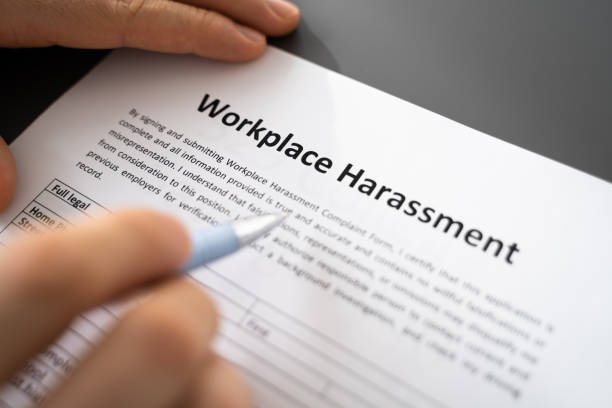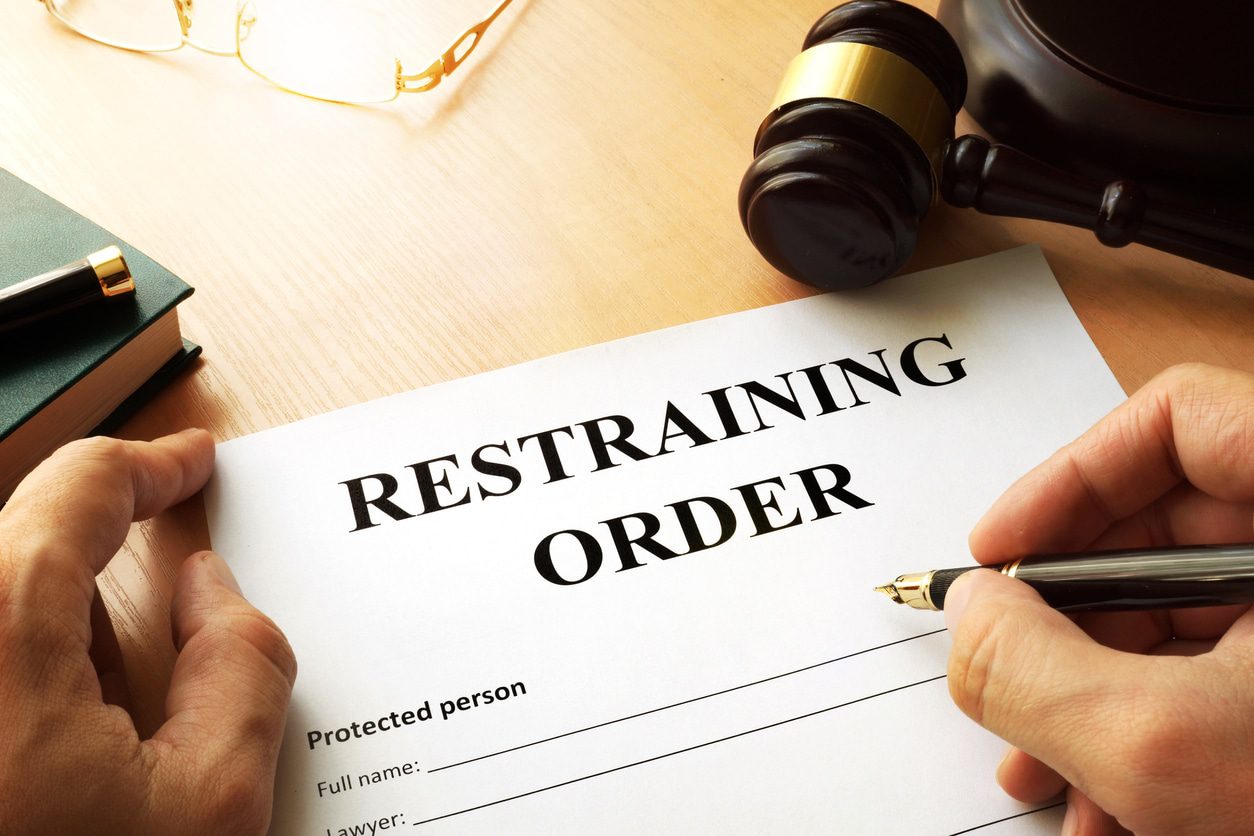What You Need to Know: How Long Does a Restraining Order Stay in Effect?
Table of Contents
- Understanding Restraining Orders
- Types of Restraining Orders and Their Duration
- Factors Influencing the Length of a Restraining Order
- The Process of Obtaining a Restraining Order
- Renewing or Extending a Restraining Order
- Consequences of Violating a Restraining Order
- Impact of Restraining Orders on Daily Life
- FAQs
- Conclusion
Understanding Restraining Orders

- Domestic Violence: Protection for victims of spousal abuse, child abuse, or other forms of domestic violence.
- Harassment: Safeguarding individuals from persistent and unwanted behavior.
- Stalking: Preventing an individual from repeatedly following or contacting someone.
- Elder Abuse: Protecting elderly individuals from mistreatment or exploitation.
- Sexual Assault: Offering safety to survivors of sexual violence.
Types of Restraining Orders and Their Duration
1. Temporary Restraining Orders (TROs)
- Duration: Typically lasts until a court hearing, usually within 20 to 25 days.
- Purpose: Provide immediate protection in urgent situations where there’s a risk of imminent harm.
- Process: Granted ex parte, meaning without the presence of the respondent, to ensure swift protection.
2. Permanent Restraining Orders
- Duration: Can last from several months up to several years, and in some cases, indefinitely.
- Purpose: Offer long-term protection after a court hearing where both parties can present their cases.
- Process: Both parties must attend a court hearing, and the judge decides the duration based on the evidence presented.
3. Emergency Protective Orders (EPOs)
- Duration: Last for a very short period, often up to 7 days.
- Purpose: Address immediate threats of violence or harassment until a TRO can be issued.
- Process: Issued by law enforcement officers or courts during emergencies.
4. Civil Harassment Orders
- Duration: Generally lasts up to one year.
- Purpose: Protect individuals from harassment, intimidation, or abuse by someone they are not closely related to, such as neighbors or acquaintances.
- Process: Requires filing a petition with the court and attending a hearing.
5. Workplace Violence Restraining Orders
- Duration: Typically lasts up to one year but can vary based on the circumstances.
- Purpose: Protect employees from violence or credible threats in the workplace.
- Process: Employers must file a petition, and the court determines the order’s duration based on the situation.

6. Elder Abuse Restraining Orders
- Duration: Can vary but often lasts up to one year with the possibility of extension.
- Purpose: Protect elderly individuals from abuse, neglect, or exploitation.
- Process: Typically filed by family members, guardians, or concerned parties, followed by a court hearing.
Factors Influencing the Length of a Restraining Order
1. Severity of the Threat or Abuse
2. Jurisdictional Laws
3. Compliance and Behavior of the Respondent
4. Evidence Presented
5. Mutual Agreements
6. Presence of Children or Dependents

7. Prior History Between Parties
The Process of Obtaining a Restraining Order
1. Determine Eligibility
2. Gather Evidence
- Documentation of Incidents: Record all abusive or threatening behavior, including dates, times, and descriptions of events.
- Photos and Videos: Visual evidence of injuries or property damage can be compelling.
- Witness Statements: Statements from friends, family, or neighbors who have witnessed the abuse or harassment.
- Medical Records: Documentation of any injuries sustained as a result of the abuse.
3. Complete the Necessary Forms
- Petition for Restraining Order: Details the reasons you are seeking protection.
- Affidavit: A sworn statement outlining your experiences and the need for the order.
- Order to Show Cause: A document requiring the respondent to appear in court and explain why the restraining order should not be granted.
4. File the Petition with the Court
5. Attend the Court Hearing
- Present Evidence: Provide all relevant evidence to support your request for a restraining order.
- Testify: You may be required to testify about your experiences and the need for protection.
- Respondent’s Defense: The respondent will have the opportunity to present their side and challenge the restraining order.

6. Receive the Court’s Decision
7. Serve the Restraining Order
8. Follow and Monitor Compliance
Renewing or Extending a Restraining Order
1. Proactive Renewal
2. Automatic Extensions
3. Renewal Based on Changed Circumstances
4. Legal Assistance
5. Court Hearing for Renewal
6. Documenting Ongoing Threats
7. Expedited Renewal Process
8. Impact of Non-Renewal
Consequences of Violating a Restraining Order
1. Criminal Charges

2. Arrest and Detention
3. Fines and Penalties
4. Impact on Future Legal Proceedings
5. Enhanced Enforcement Measures
6. Criminal Record Implications
7. Loss of Rights
8. Mandatory Counseling or Rehabilitation
9. Increased Monitoring and Supervision
Impact of Restraining Orders on Daily Life

1. Restrictions on Movement
2. Employment Implications
3. Housing Arrangements
4. Emotional and Psychological Effects
5. Social Relationships
6. Financial Strain
7. Impact on Children and Dependents
8. Legal Obligations and Responsibilities
9. Access to Support Services
10. Long-Term Security and Peace of Mind
FAQs

1. How Long Does a Restraining Order Last?
2. Can a Restraining Order Be Extended Beyond Its Original Duration?
3. What Happens After a Restraining Order Expires?
4. Can a Restraining Order Be Made Indefinite?
5. What Should I Do If I Need a Restraining Order Renewed?
Conclusion
Understanding how long a restraining order lasts is crucial for anyone seeking protection or facing such legal measures. The duration of a restraining order depends on various factors, including its type, the severity of the situation, and jurisdictional laws. Whether you need a Temporary Restraining Order for immediate protection or a Permanent Restraining Order for long-term safety, knowing the specifics can empower you to take the necessary legal steps confidently.

At Tess House Law Firm, we are dedicated to providing compassionate and legal assistance to those in need of restraining orders. Our experienced attorneys will guide you through the process, ensuring your safety and helping you understand your rights every step of the way. We understand the emotional and legal challenges you face and are committed to standing by your side to secure the protection you deserve.

